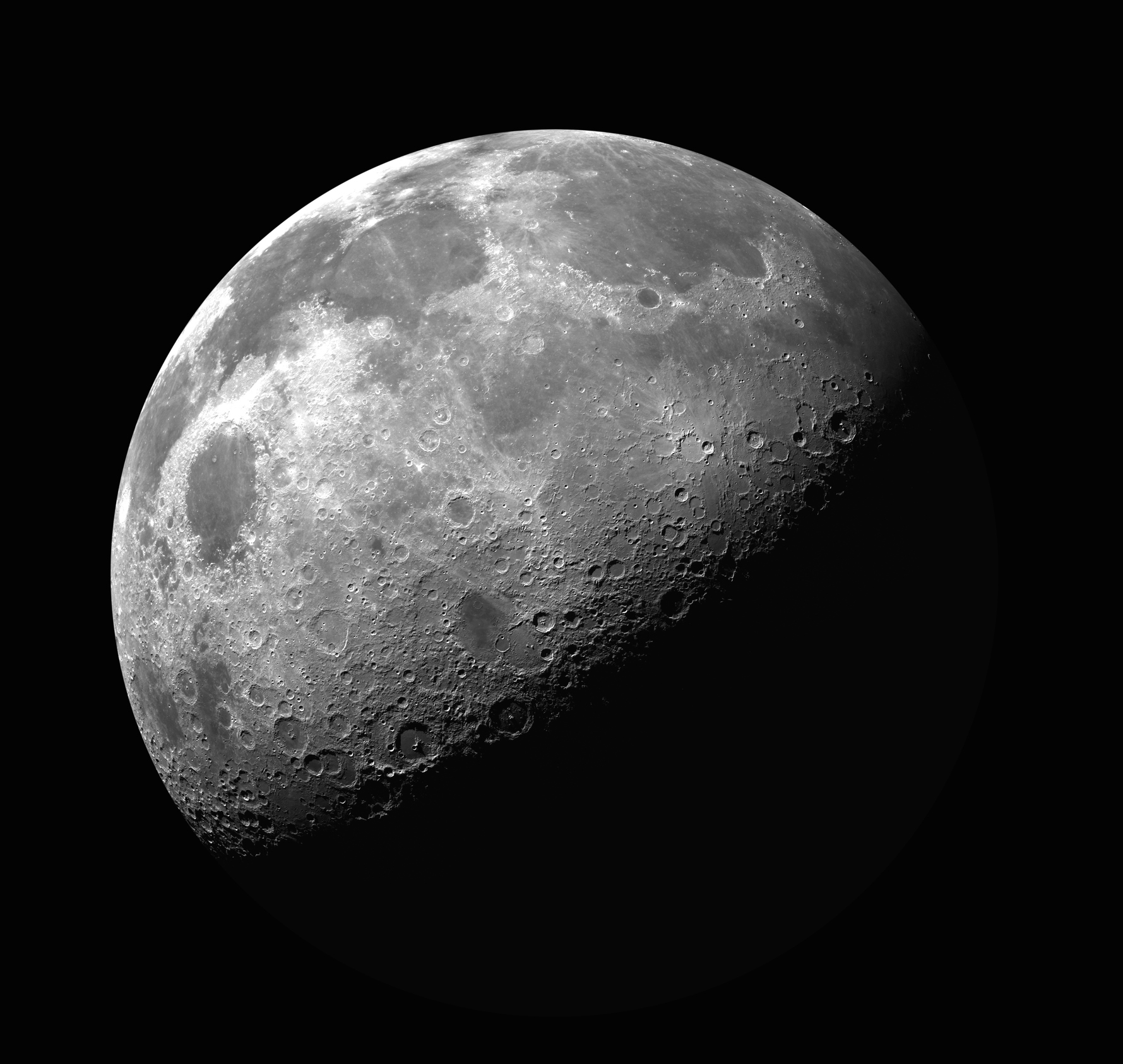The NASA astronauts who became the first people to land on the moon’s surface in the 1960s and 1970s also discovered a previously unknown lunar characteristic – it has an atmosphere, though quite tenuous. Soil samples they retrieved are now revealing the main physical process driving this atmosphere.
By analyzing which forms of two elements – potassium and rubidium – were present in nine tiny soil samples from five Apollo missions, researchers determined that the lunar atmosphere was created and is sustained primarily by the effects of meteorites, large and small, striking the moon’s surface.
“Meteorite impacts generate high temperatures ranging from 2,000-6,000 degrees Celsius (3,600-10,800 degrees Fahrenheit). These extreme temperatures melt and vaporize rocks on the lunar surface, similar to how heat vaporizes water, releasing atoms into the atmosphere,” said Massachusetts Institute of Technology planetary scientist and cosmochemist Nicole Nie, lead author of the study published on Friday in the journal Science Advances.
The lunar atmosphere is extremely thin and technically classified as an exosphere, meaning atoms do not collide with each other because their numbers are so sparse, in contrast to Earth’s thick and stable atmosphere.
“The Apollo missions carried instruments to the lunar surface which detected atoms in the air,” Nie said.
In 2013, NASA sent the robotic LADEE (Lunar Atmosphere and Dust Environment Explorer) spacecraft to orbit the moon to study its atmosphere and surface environment. It identified two processes, known as space weathering, at work – the meteorite impacts and a phenomenon called solar wind sputtering.
“Solar winds carry high-energy charged particles, primarily protons, through space. When these particles impact the moon, they transfer their energy to lunar surface atoms, causing them to be ejected from the surface,” Nie said.
Solar wind refers to the constant stream of charged particles from the sun permeating the solar system.
LADEE did not determine the relative contributions of these two processes to the lunar atmosphere. The new study showed that impacts account for more than 70% of its composition, while solar wind sputtering contributes less than 30%.
The moon has been constantly bombarded by meteorites – early in its history by large ones that gashed the gaping craters visible on the lunar surface and more recently by smaller ones including dust-sized micrometeorites. Some of the atoms lofted by these impacts fly off into space. The rest remain suspended above the surface in an atmosphere regularly replenished as more meteorites land.
The lunar atmosphere contains mainly argon, helium and neon, along with potassium and rubidium and possibly other elements at lesser levels. It extends from the moon’s surface to a height of about 62 miles (100 km). Earth’s atmosphere extends to approximately 6,200 miles (10,000 km).
Instead of investigating the actual atoms in the lunar atmosphere, the researchers used lunar soil, called regolith, as a proxy. They used an instrument called a mass spectrometer to examine the ratio of different isotopes of potassium and rubidium in the soil. Isotopes are atoms of the same element with slightly different masses because of differing numbers of subatomic particles called neutrons.
“This is possible because the lunar surface soil is interacting with the exosphere since the formation of the moon, and the different processes leave distinct imprints on the isotopic composition of the lunar soil,” said planetary scientist and study co-author Timo Hopp of the Max Planck Institute for Solar System Research in Germany.
Three isotopes of potassium and two isotopes of rubidium exist.
After decades of studying the moon, scientists are still learning about some of its basic processes.
“Many important questions about the lunar atmosphere remain unanswered. We are now able to address some of these questions due to advancements in technology,” Nie said. “When Apollo samples were returned from the moon in the 1970s, the isotopic compositions of potassium and rubidium in lunar soils were measured using mass spectrometers. However, at that time, no isotopic differences were observed. Today’s mass spectrometers offer much greater precision.”
(Reuters)




















